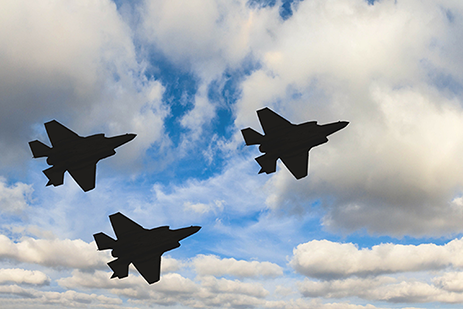
Some of us have taken care of our aging parents. Some of us are aging parents! Now we have to take care of our aging aircraft. When the C-130 was first fielded, I was only 1 year old. I know someone reading this will do the math and figure out how old I am. The B-52 is older than me!
Well I just had my eyes fixed this past year. Same eyes, new lens. And now I have perfect vision again (if the object is not too close). Like some of us that need fixing up, some older aircraft are still capable of contributing, but just need a little updating.
Some of these older aircraft are using sensor and other equipment that collect data and transmit that data via Fibre Channel (FC). Designed in the 90’s when Fibre Channel was the new technology, these sensors are still great and fully qualified, but you can’t buy new FC disks anymore to store the data. And every new system includes Ethernet. How do you fix that?
We can help with our CNS2-FC. It has 2 Fibre channel ports on the front-end and can accept data from your aging, but useful FC sensor without changes. Using Linux, we store the Fibre Channel block data in one big file. The removable storage even has FIPS 140-2 encryption built in to protect that valuable data during transport. What about Ethernet?
Well, the CNS2-FC also has two 1GbE ports for connection to your Ethernet clients. With NFS and CIFS support, the CNS2-FC allows any network attached storage enabled client to grab the entire Fibre Channel file. With addition of iSCSI support, an iSCSI enable client can access the block data in that file via Ethernet. This provides a bridge between Fibre Channel and Ethernet.
To learn more about bridging legacy Fibre Channel and modern Ethernet clients with iSCSI and network attached storage, download our case study here.